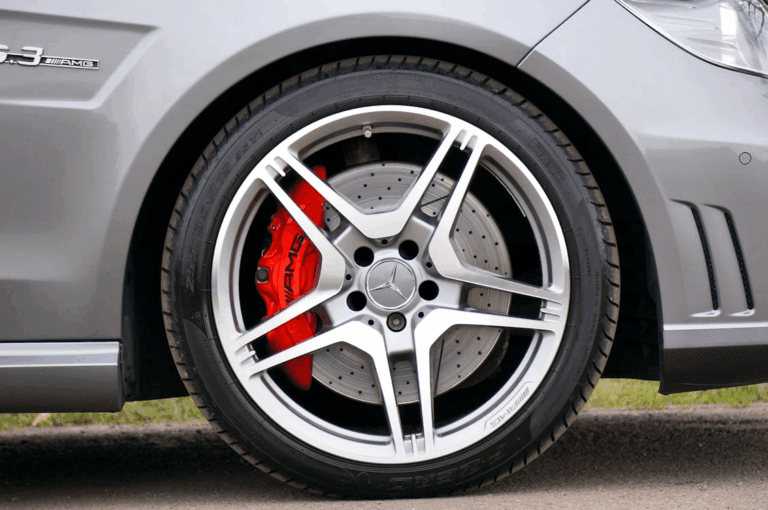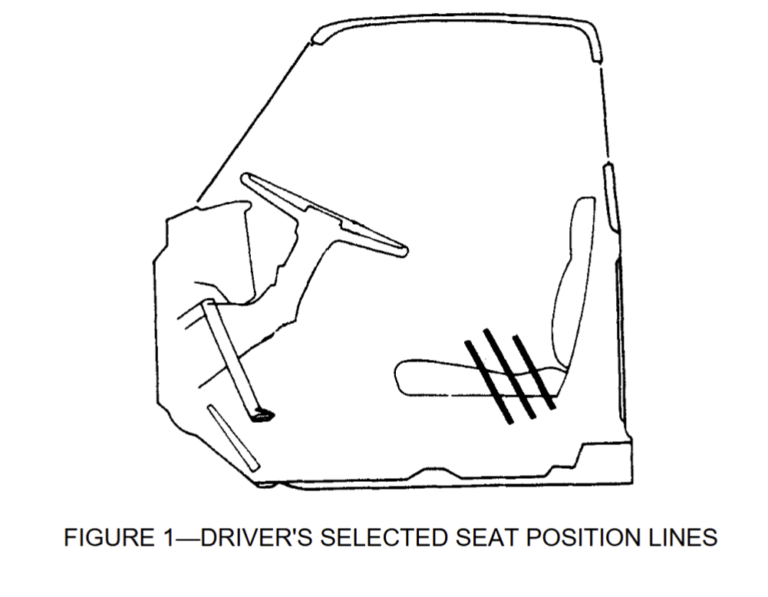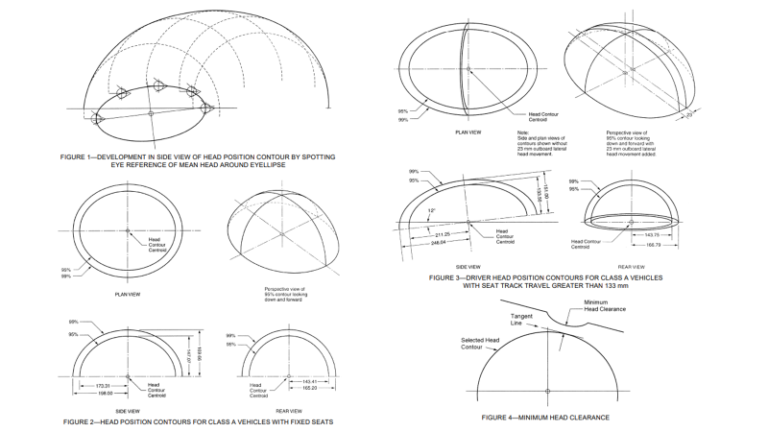How Vehicle Mass Impacts Brake System Design
The race to reduce vehicle mass has become one of the defining engineering challenges of today’s automotive industry. Driven by historically aggressive fuel economy regulations and the push for greater efficiency, manufacturers are scrutinizing every subsystem in the vehicle for weight savings, including brake systems. Although the mass of the braking system is closely tied…










